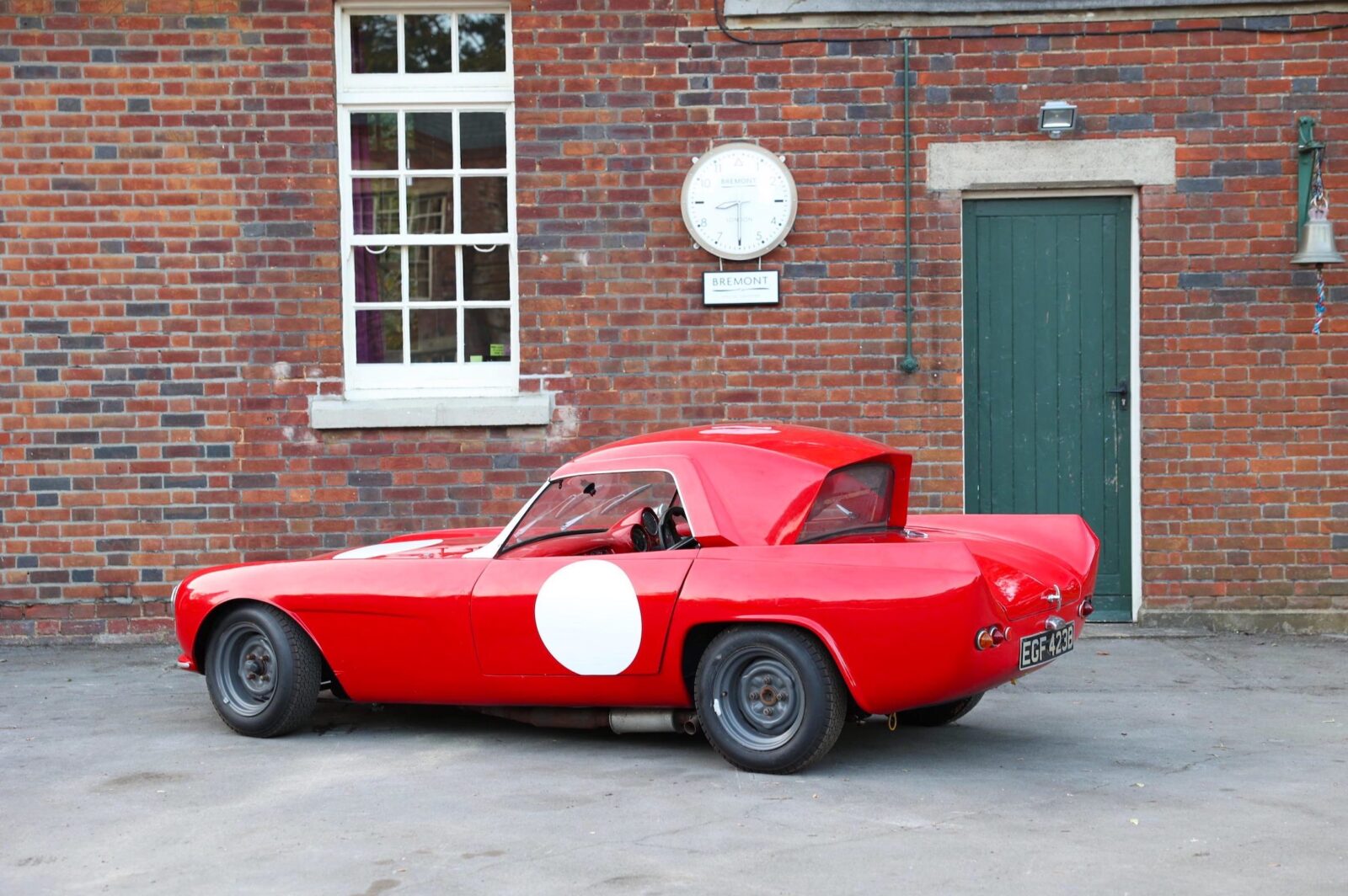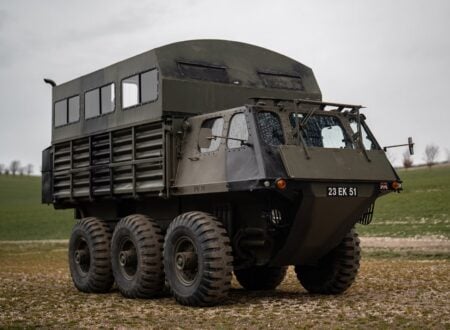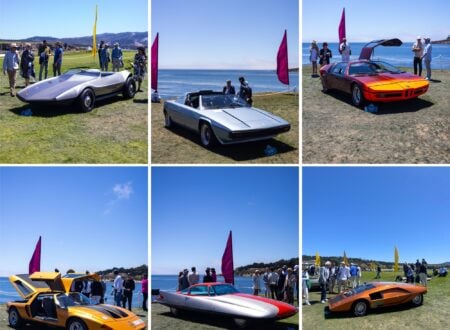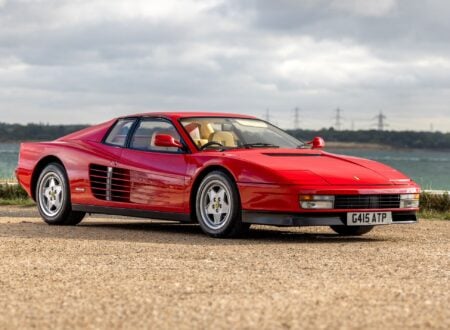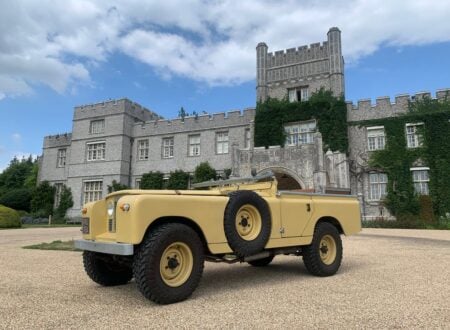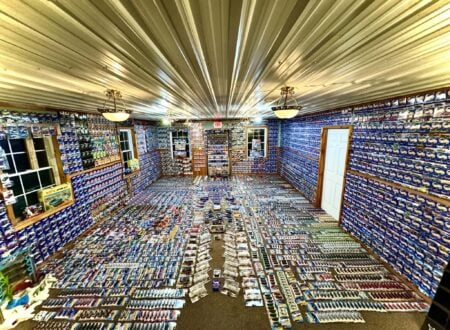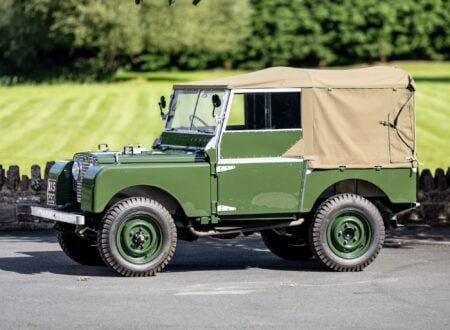The GSM Dart was one of South Africa’s first production sports cars, it is believed that 116 were built over five years of production, making them highly collectible today but still surprisingly affordable.
GSM stands for “Glass Sport Motors,” a proud reference to the fact that the cars all have lightweight fiberglass bodies. Fiberglass was seen as a borderline magic material when it was first used for building cars in the mid-20th century.
It’s much lighter than steel, it was inexpensive, and it could be easily moulded into complex compound shapes – prior to this many sports cars had bodies made from hand-formed aluminum alloy which was prohibitively expensive.
Fast Facts – The GSM Dart
✱ The GSM Dart is believed to be South Africa’s second production sports car, after the GRP Protea.
✱ Engineer and company co-founder Bob van Niererk designed the car with front and rear crumple zones, making it one of the first cars in the world with this safety feature.
✱ Despite the small size and simple nature of the design, the GSM Dart won a slew of races in the 1950s and 1960s, often against far more advanced machinery.
✱It’s believed that just 116 GSM Darts were ever made, and roughly 60 “Delta” cars were made in the United Kingdom.
✱ Surprisingly, the surviving examples of the GSM Dart aren’t all that expensive, the car you see here is estimated to be worth £8,000 to £12,000.
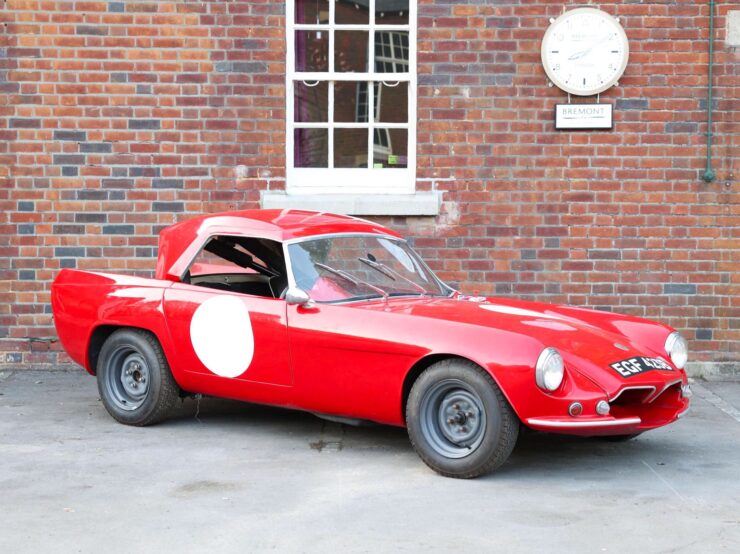
Above Image: The unusual design of the Dart is very much in keeping with popular car design trends of the 1950s.
The GSM Dart – Africa’s Race Winning Sports Car
GSM was founded in Cape Town, South Africa, in 1958 by recent mechanical engineering graduates Bob van Niererk and Willie Meissner. The two men were long time friends who had studied together at Stellenbosch University and had discussed a dream to build a truly South African sports car.
Although the two men had the ability to design the chassis and the required mechanical components they lacked the ability to design a body, and perhaps more importantly South Africa lacked experienced coachbuilders who could build a body for them. As a result the dream was set on the back burner, though it remained at the forefront of Bob and Willie’s minds.
Everything changed in 1956 when Willie sent Bob a letter from England to tell him about a wonderful new material called “fiberglass” that was revolutionizing the world of low-volume sports car manufacturing. Bob jumped onto the next ship to England and the two men were reunited. It was clear that fiberglass was going to solve the problem of getting the bodies built, as it was relatively easy to make a mould and then use this to quickly produce bodies.
The other problem the two men had was the design. Though it sounds simple, the process of designing the body of a car is complex, particularly if you want it to be successful on track. Thankfully Bob and Willie became friends with Verster de Witt, an experienced South African automobile designer working in England with Sunbeam on the Alpine sports car.
Verster de Witt took Bob and Willie under his wing and helped teach them the ins and outs of car design. He then sat them down with a hefty lump of plasticine and let them have at it. By the time the men got to model number 13 they realized they really had something, and it would be this design that would form the foundation of the GSM Dart.
Once the moulds had been created, the chassis was designed, and everything was ready for production a small workshop was leased in Cape Town and the first GSM Darts began to roll off the (small) production line.
The GSM Dart used a simple body on chassis design, and it could be powered by a variety of engines – many cars used Ford pre-Crossflow engines however some used more complex Alfa Romeo twin cam engines.
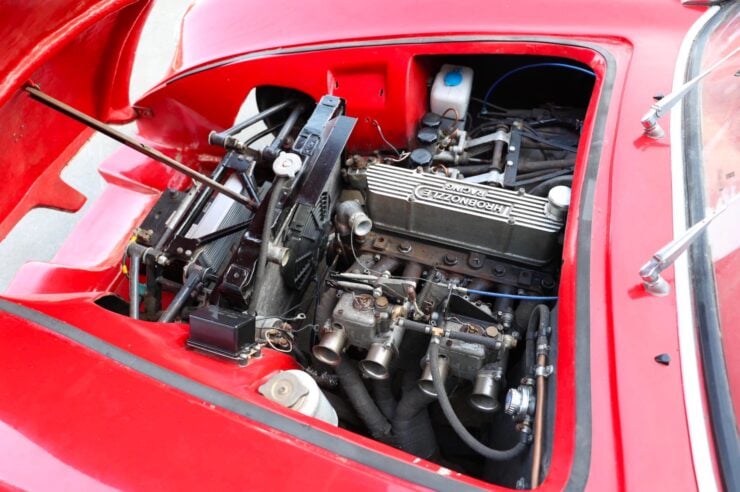
Above Image: This Dart is fitted with a race-prepared 1500cc pre-Crossflow Ford Cortina inline-four engine with 118 hp at the rear wheels.
Despite its simplicity the plucky little Dart made a significant dent in the racing world if its day, beating all comers at the 1959 Kyalami 9 Hours race in South Africa and taking a slew of class wins in races in both South Africa and Britain.
The car’s most remarkable win was almost certainly the 1000cc GT class at Brands Hatch in 1960, this story is told in more detail below by Bob himself and I strongly encourage you to read it – he had to single handedly build a car from scratch and win his class in order to get the investors to sign on the dotted line.
No one knows exactly how many GSM Darts and their Delta siblings from the UK remain. They come up for sale relatively infrequently now though interestingly the prices are reasonably low for a car with this much unusual history.
The 1964 GSM Dart Shown Here
The GSM Dart you see here is a 1964 model, making it one of the final production cars as the factory ceased operations later that same year.
This car is fitted with a larger engine than many of the earlier cars, a 1500cc pre-Crossflow Ford Cortina inline-four engine, it also has front disc brakes and a removable hard top. The current owner bought the car in 2001 and imported it into the UK where it is now road registered.
Between 2009 and 2011 the owner spent approximately £25,000 restoring the car for vintage racing. A newly built 1500cc Ford pre-Crossflow engine with twin 40DCO Weber carburetors was installed, and it was dyno tested, showing 118 hp at the rear wheels.
The car is now for sale with a price guide of £8,000 to £12,000, that’s approximately $11,000 to $16,600 USD. If you’d like to read more about this unusual South African racer or register to bid you can click here to visit the listing on Bonhams.
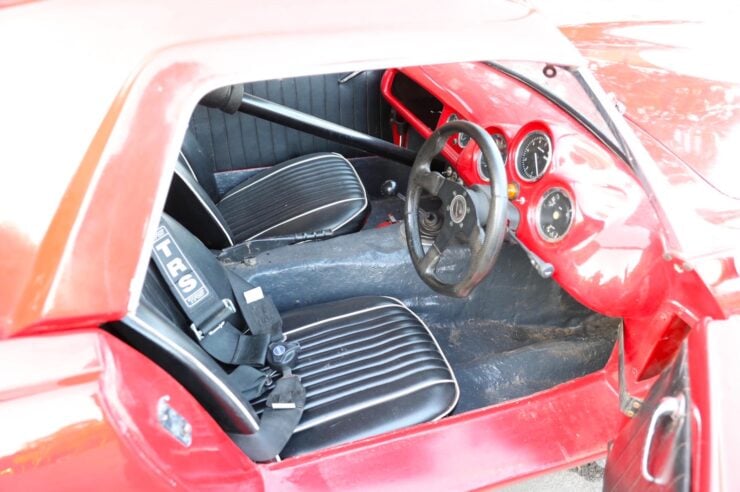
My Classic and I
An article by GSM co-founder Bob van Niekerk
The following article was written by GSM co-founder Bob van Niekerk and first published on the 4th of January 1992. It was originally published on the South African GSM club website, sadly this website is no longer online and the article risks being lost to history, so we’ve republished it here in full.
My interest in cars started at a tender age when my father had a 6 cylinder Humber and a 1927 Amilcar Grand Sport – the one with the Eldridge cowl, an 1100 cc sidevalve engine and a boat rear. By the time that I was finally allowed to get a driving licence, I knew that Amilcar back to front and was allowed to use it to Stellenbosch university where I was studying toward a degree in mechanical engineering.
Later I rebuilt a 1933 Austin 7 into a single seater for local races and hill climbs using bolts, buts and panels from an old Avro Anson aircraft. However, my friend Willie Meissner and I had long dreamt of building a proper sports car – one that looked good, went fast and was safe as well as affordable.
The main problem was the complete absence of craftsmen in Cape Town who could build bodies for cars, and this unfortunately forced us to shelve our ideal for a number of years.
Until one day in 1956, Willie wrote to me from England, saying he had found the perfect body building material – fiberglass. I dropped everything and left for England aboard the Union Castle mail ship to find out more about this “wonder material” with help from Mitchell and Smith.
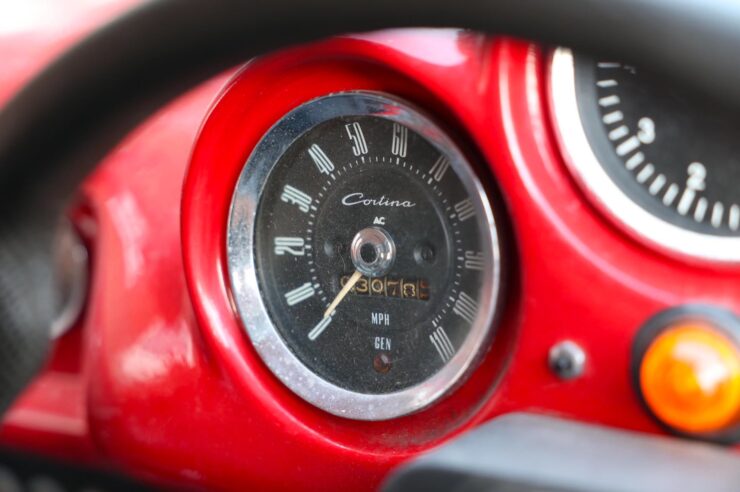
Then we tackled problem number two, getting a good-looking design. We had full confidence in our ability to produce the mechanicals and a good chassis, but needed someone to put a “face” on it. As luck would have it, Willie knew a Joan (nee) Peters who was married to a stylist working at Bootes who would hopefully stop us from producing a mediocre, unattractive body.
His name was Verster de Wit and he very soon had us (Willie and myself) building quarter-scale models with plasticene during the week while he was off working in Coventry. Fridays, Verster would come down to London to inspect the work we had done, in the one-roomed flat in Earls Court.
When we got to model number 13, it suddenly all came together, and a unanimous decision was made to progress to full-scale.
We rented a garage in Gleneldin Mews in Streatham and built the mock up using wooden formers and plaster of paris. The first body came out of the mould in April 1957 and was sold for 75 pounds, which helped to pay for my, and moulds, trip back to Cape Town where Willie had started the Glassport Motor Company (GSM).
On New Years day 1958, Willie and I raced our prototype GSM Darts at Gunners Circle with the Willment OHC conversion on the 1172cc 100E Ford engines. This spurred us on to open a small factory that had produced 41 racecars by the end of 1959, most of which were sold to enthusiasts.
This was the time that Willie again visited the UK briefly and insisted that he had found somebody keen to produce our Darts there. I straightaway made another lot of moulds and jigs for the chassis etc. and packed it all to accompany me on the ever-faithful Union Castle. Leaving it warehoused in Southampton, I went to London to meet this new manufacturer. Disaster struck when I found he was in jail for all kind of misdemeanor.
I had to start from scratch to look for someone who could build our car.
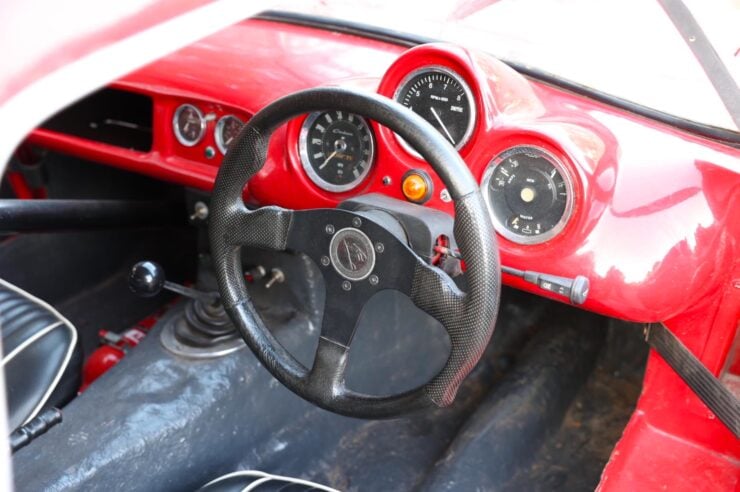
Eventually, a good Samaritan introduced me to mr. John P. Scott of West Malling who was interested but not quite sure that he could believe this “Boer” from the colonies. He consulted his partners, Messrs. M.W. Wilson and J.O. Attle of Sevenoaks and came up with a real cracker of a challenge: They would put up the money for the parts required, such as the engine, box, axles, tyres etc. to allow me to complete a prototype car and the chassis and body I had brought with me. I had to do all the work myself, and then race it in the 1000cc G.T. class at Brands Hatch and win!
The problem was that this decision was only made 10 days before that fateful race on April 18th 1960. With a good amount of midnight oil and lots of help from John Passini, we achieved the impossible including the win.
I stayed on at West Malling and laid out a production line in a new factory which was to be built behind the old Windsor Garage, whilst producing another Delta for racing – this time with plenty of help from the garage’s mechanics and their foreman.
The racing successes at Goodwood, Silverstone, Aintree, Claremont, Ferrand etc. followed to the astonishment of many, including Colin Chapman whom I overheard saying to a friend that in the pits at Brands, that he could just not understand how such a simple design could beat his Lotus Sevens.
Enclosed is a copy of a leaflet, printed in 1960, giving details of our cars and stressing the safety aspect which I always consider to be very, very important. To my knowledge, this was one of the first cars ever to be built with crumple zones both fore and aft that ensured those vital split seconds for reduced acceleration in an accident.
Towards the end of 1960, I returned to S.A. to prototype a proper GT version for the new V6 engine Dagenham had told us about in absolute secrecy. We were too quick for Ford however, and had to fit Taunus 17M T.S. engines in the first series of GSM Flamingos. Some 116 GSM Darts were built in S.A. and I have been told over 60 GSM Deltas in the U.K, some of which have surfaced lately in Canada. We built approximately 128 GSM Flamingos in Cape Town. Later models were fitted with Cortina 1500cc GT engines when the promised V6 still failed to appear.
My personal car shown in the photograph is a 1500cc Dart fitted with a mild cam and Webers to give pleasant road performance, and the prototype Flamingo V8 with a Ford 260 Cubic inch engine and overdrive gearbox which was built in 1964 before production stopped.
Today, there is a thriving GSM car club which will be only too glad to hear from GSM owners anywhere in the world.
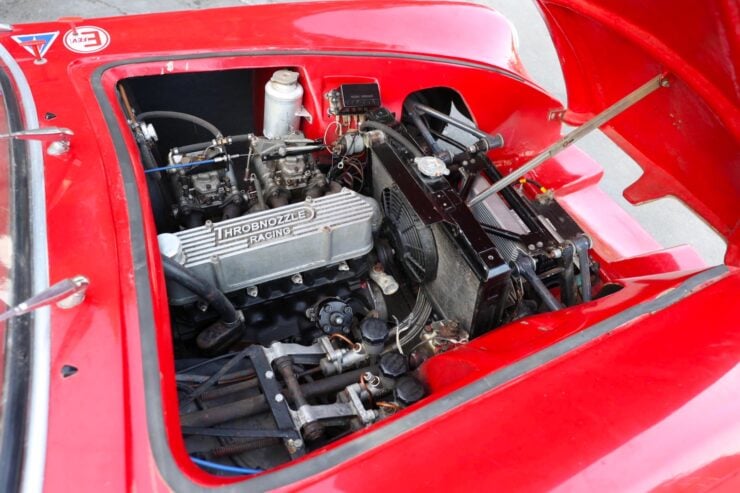
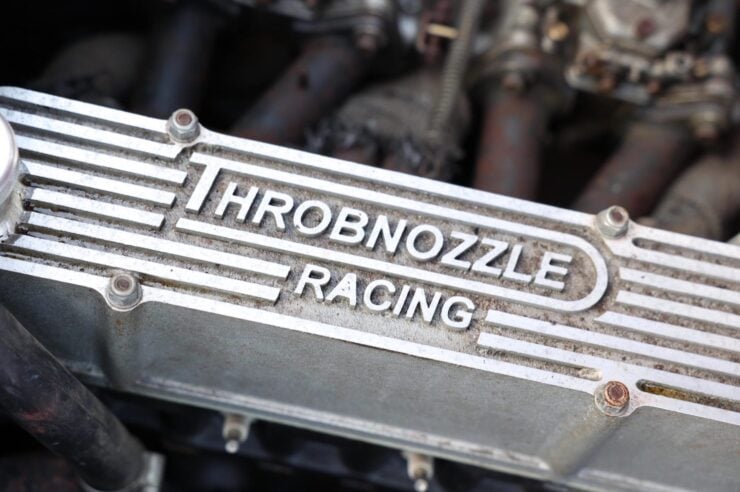
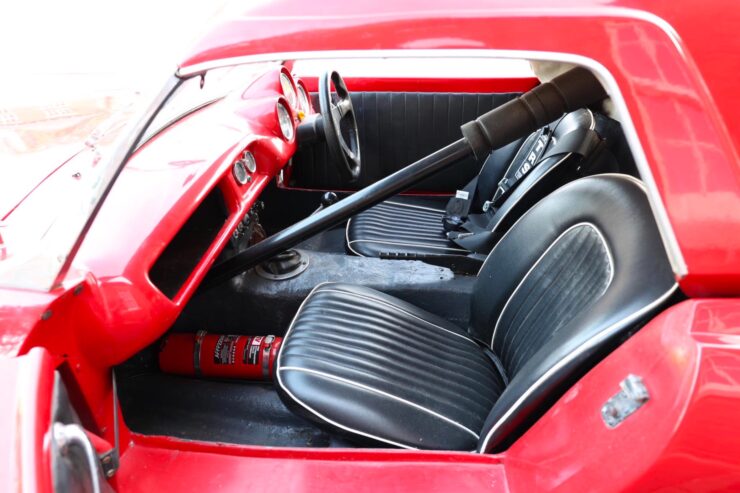
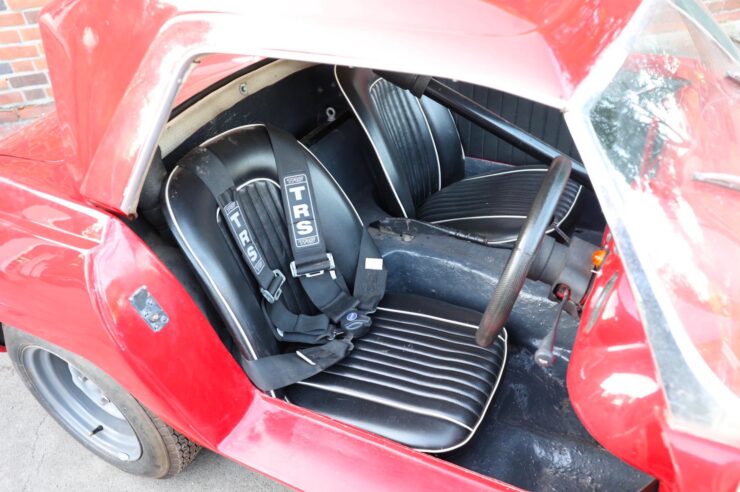
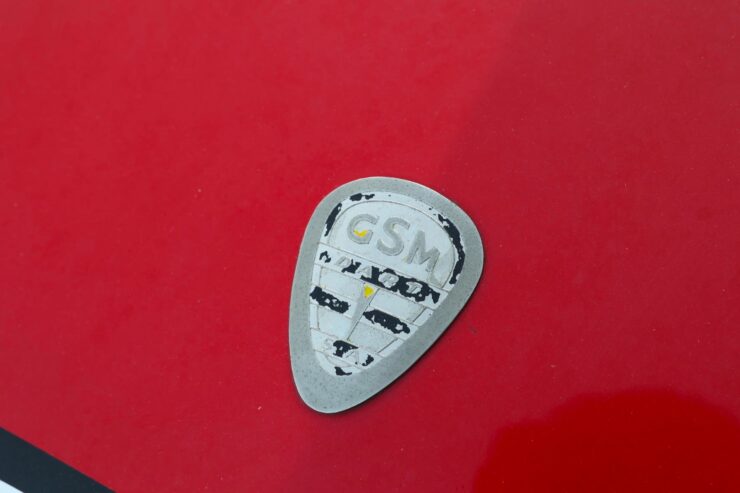
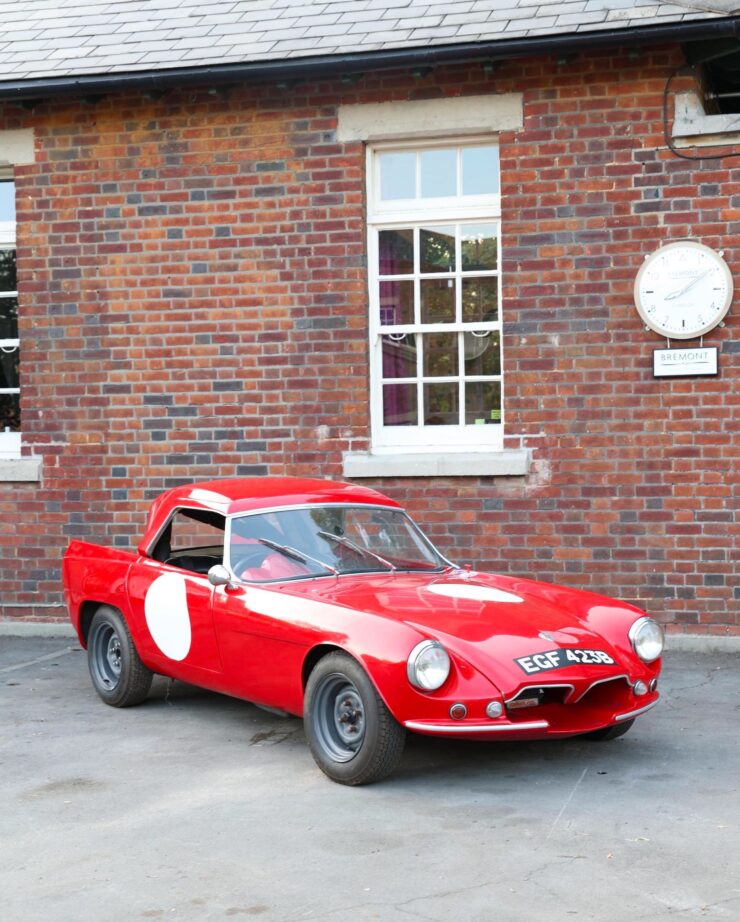
Images courtesy of Bonhams

